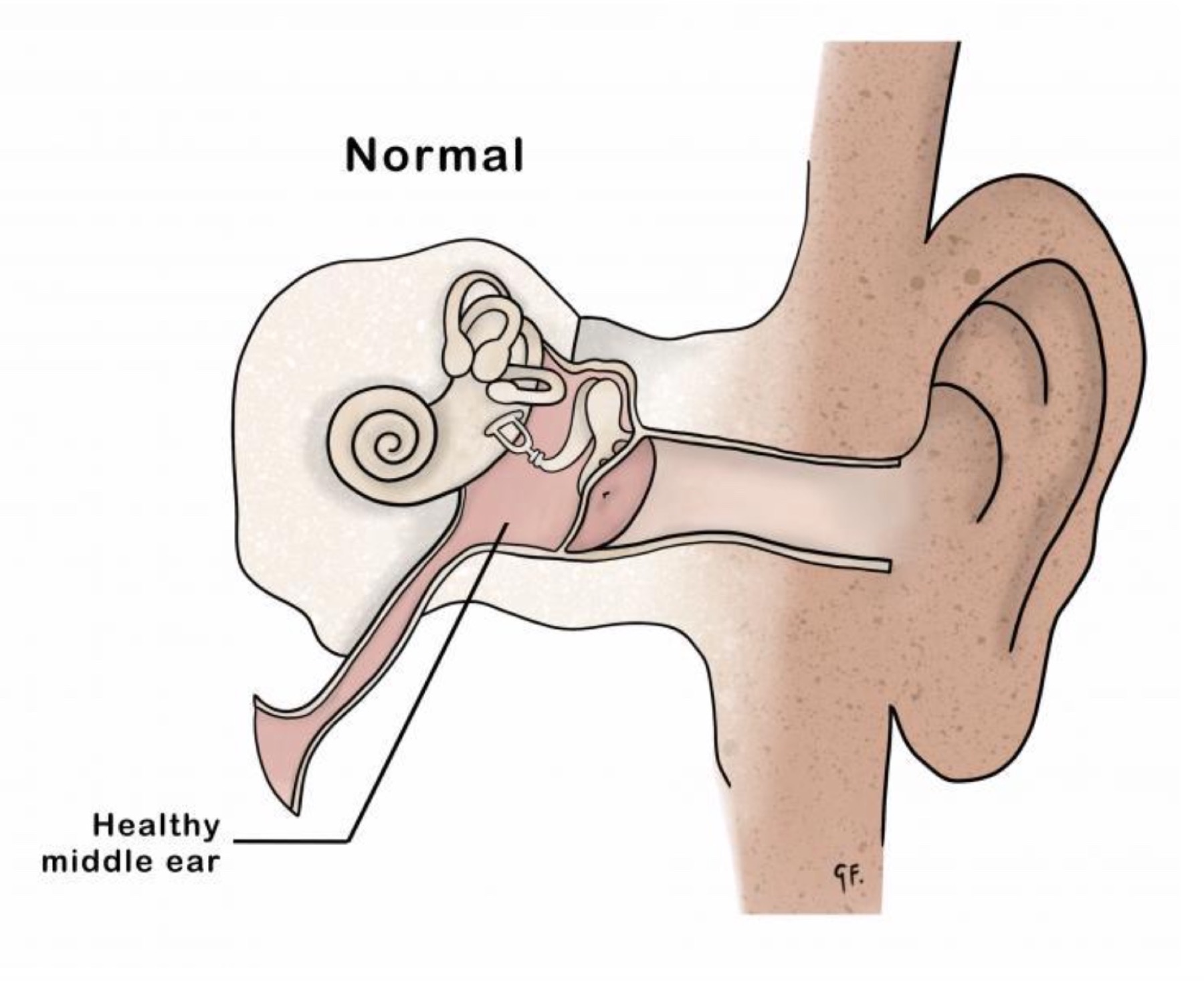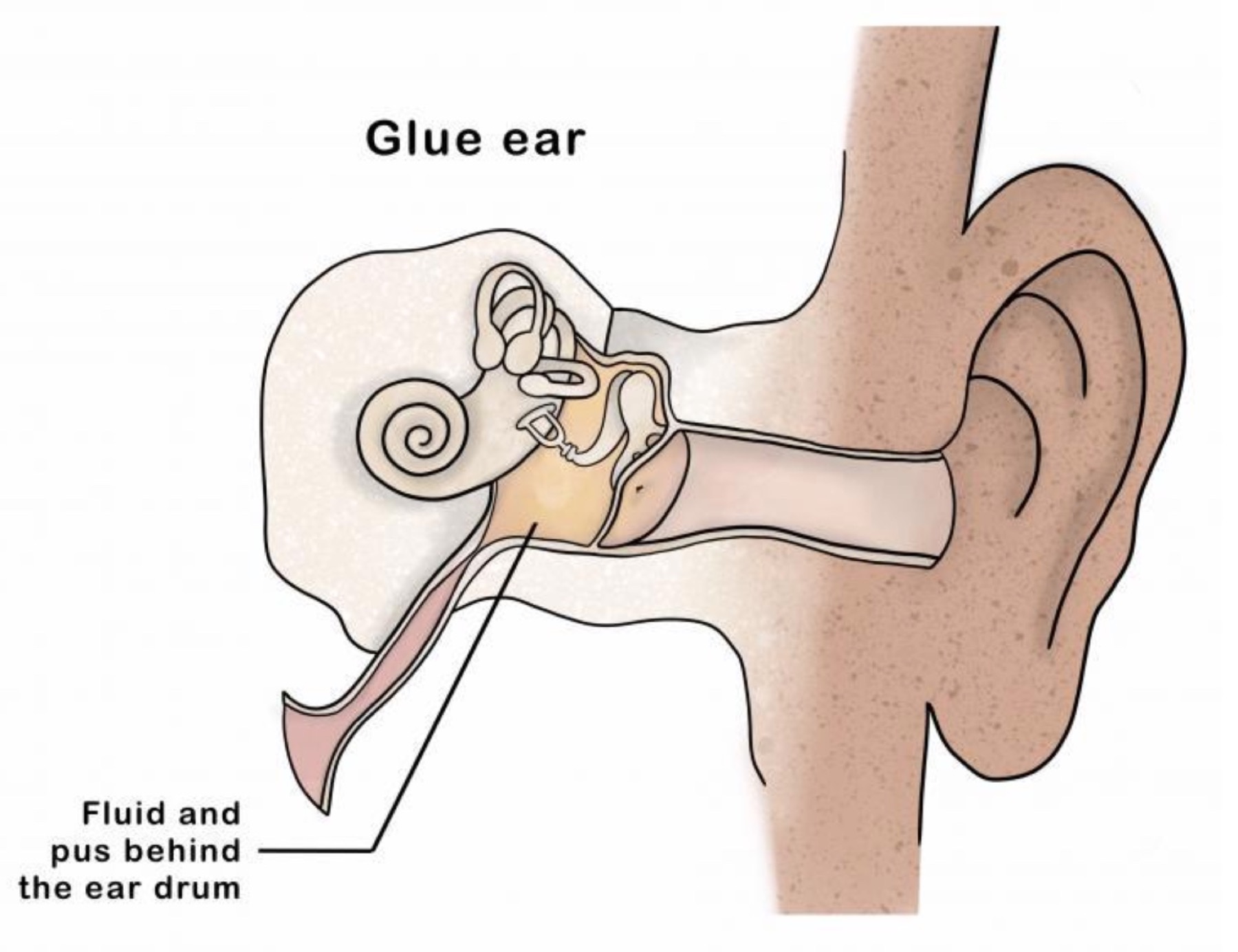Scientists have identified the gene responsible for a common ear condition affecting children with Down syndrome. The discovery could lead to new treatments for otitis media with effusion (OME), commonly known as 'glue ear.' Roughly half of all children with Down syndrome have this condition.
Why it matters
Identifying the DYRK1A gene as the main cause of OME in children with Down syndrome opens up possibilities for new treatments that could offer alternatives to surgery.
The big picture
Doctors have known about the high frequency of OME in these children, but until now they have not understood the genetic basis for it.


A closer look
- Standard practice today is to insert tubes to drain fluid from the middle ear.
- This often involves multiple surgeries for children with Down syndrome, which increases risks and complications.
- Untreated OME can significantly impact language development and learning.
The takeaway
- Scientists are now exploring DYRK1A inhibitors, including a new class of drugs called Leucettinibs that could be delivered directly to the middle ear, offering a less invasive alternative to surgery.
- Researchers think this new approach could help children with Down syndrome avoid repeated surgeries and improve their hearing and language development.
- This research provides hope for families facing the strain of ongoing ear infections and numerous surgeries.
Does your child have ear infections?
Schedule a consultation with your child's family physician for a thorough diagnosis and treatment.


